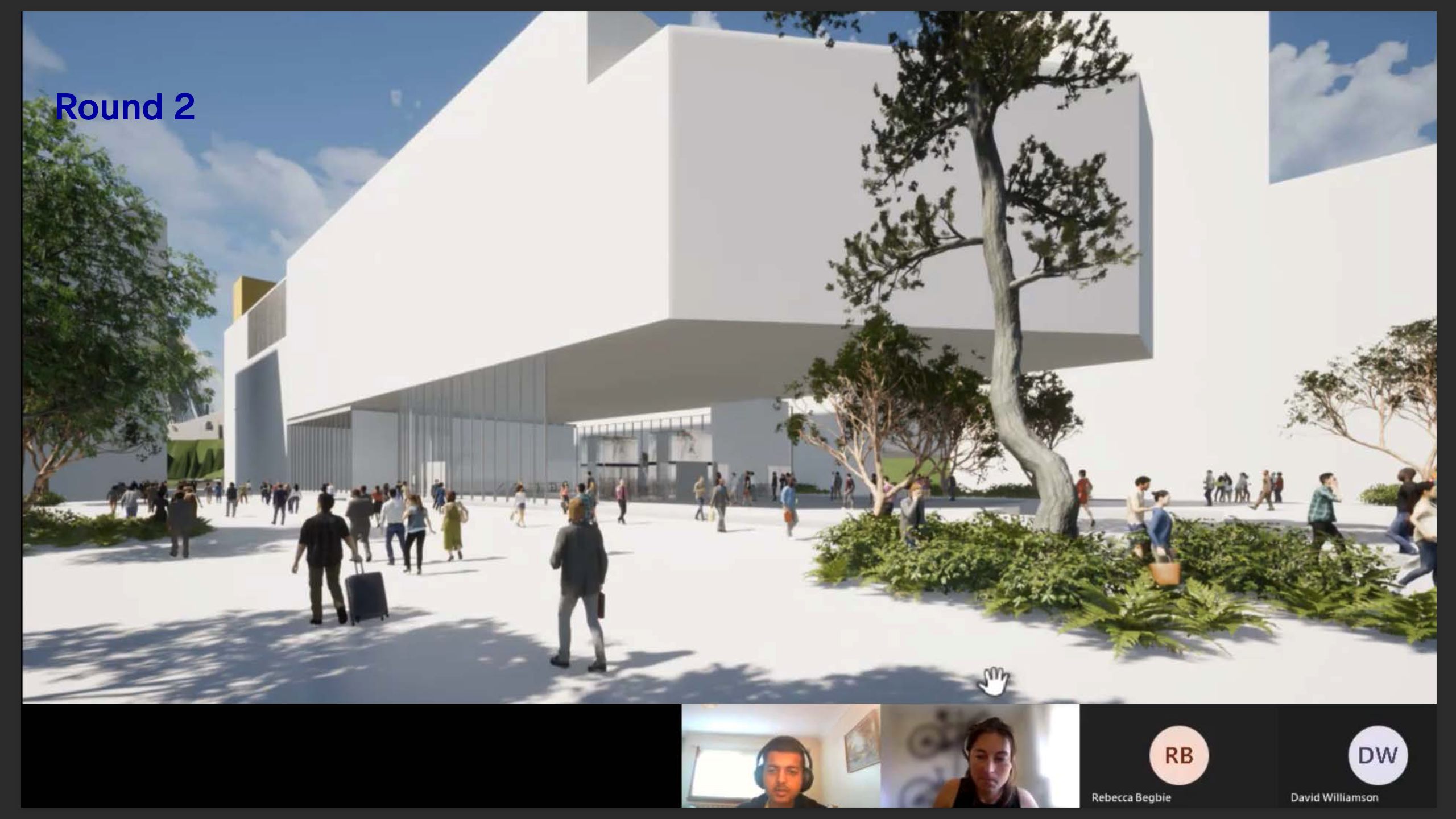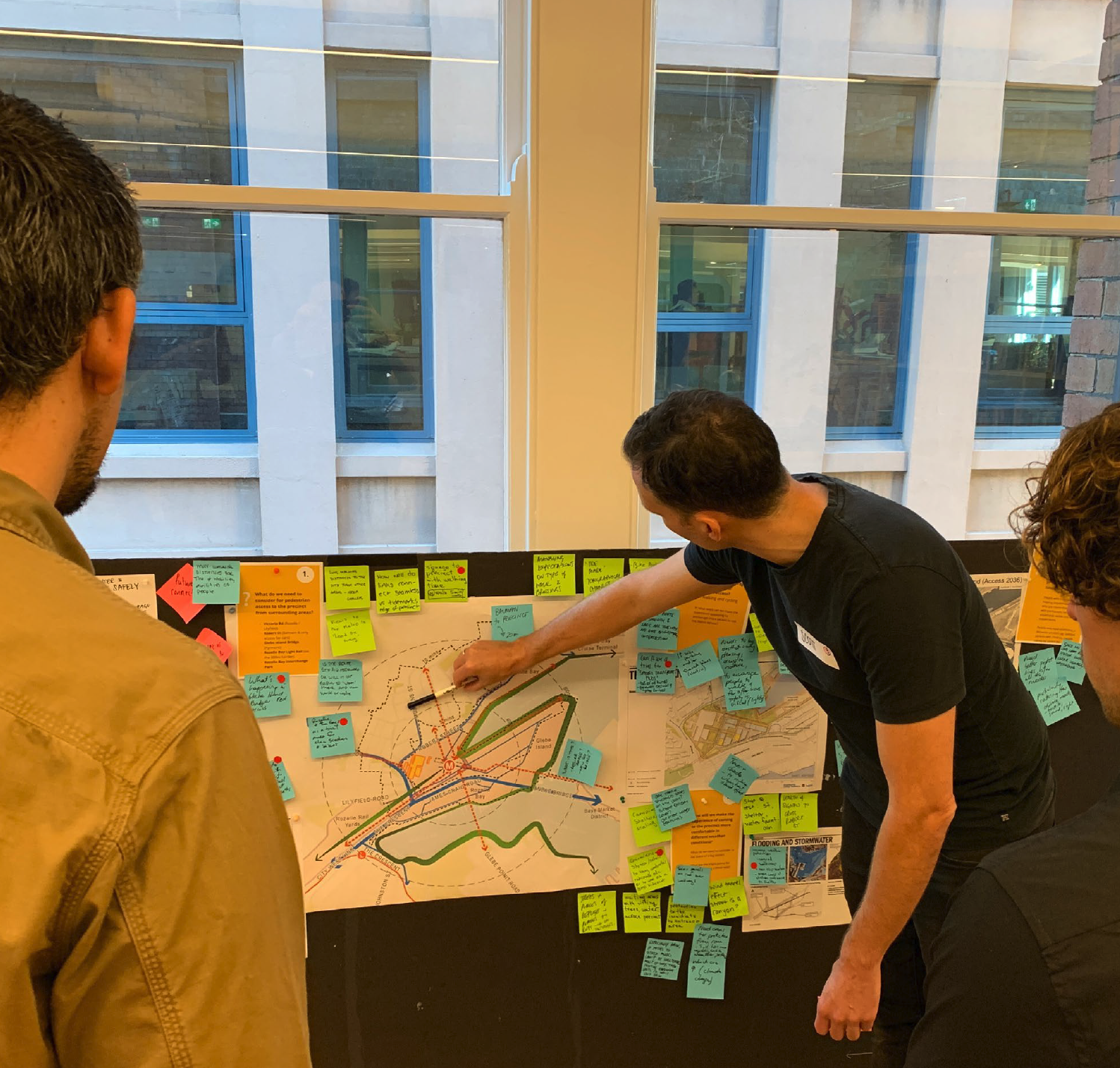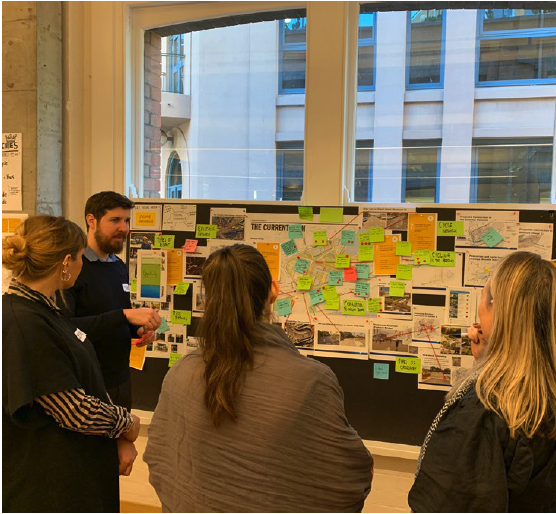Dec 2021 - June 2022 with Meld Studios
Many projects over three years
Client
Many projects over three years
Client
State Government Transport agency
Project challenge
One of Australia’s major cities was in the process of designing a new world class transport system that will radically change how people can engage with the city and play a major role in enabling greener transport choices therefore reducing car dependency.
Project approach
Our multi-location research initiative placed diverse customers at the heart of transport system design, engaging participants early in the development process to prevent costly modifications later. The comprehensive approach included immersive testing using 3D models and virtual reality environments that simulated various operational conditions—day and night scenarios, fluctuating traffic patterns, and varying crowd densities during peak and off-peak periods.
We ensured exceptional diversity among participants, prioritizing representation from people with accessibility requirements (those using mobility aids, prams, and wheelchairs), neurodivergent individuals, LGBTQIA+ community members, and people across different age groups, professions, and cultural backgrounds. This inclusive approach yielded rich insights on critical design elements including accessibility, intermodal transfers, safety considerations, and integration with surrounding environments.
By conducting both in-person and remote sessions, we maximized participation while creating opportunities for design team members to directly observe customer interactions with proposed designs. This immediate feedback loop allowed designers to witness firsthand how diverse users experienced and responded to their concepts, creating a powerful mechanism for empathy-driven design refinements that truly addressed community needs.
Project outcomes
We were able to inform the wider design team on what could be done to improve the customer experience and ensure that all people were able to access the service and make use of the surrouding area through a detailed set of recommendations and considerations. The recommendations were graded depending on the level of importance. Given there were many of these projects taking place across an extended timeline, the nature of the feedback changed as the designs began to reflect the feedback from customers.
Research: Staff Idea generation workshop
![]()
Research: Computer generated model walk through
![]()
Research: VR model immersive experience
![]()
Research: Participants attending workshop in round one
![]()
![]()
![]()
Home
One of Australia’s major cities was in the process of designing a new world class transport system that will radically change how people can engage with the city and play a major role in enabling greener transport choices therefore reducing car dependency.
Project approach
Our multi-location research initiative placed diverse customers at the heart of transport system design, engaging participants early in the development process to prevent costly modifications later. The comprehensive approach included immersive testing using 3D models and virtual reality environments that simulated various operational conditions—day and night scenarios, fluctuating traffic patterns, and varying crowd densities during peak and off-peak periods.
We ensured exceptional diversity among participants, prioritizing representation from people with accessibility requirements (those using mobility aids, prams, and wheelchairs), neurodivergent individuals, LGBTQIA+ community members, and people across different age groups, professions, and cultural backgrounds. This inclusive approach yielded rich insights on critical design elements including accessibility, intermodal transfers, safety considerations, and integration with surrounding environments.
By conducting both in-person and remote sessions, we maximized participation while creating opportunities for design team members to directly observe customer interactions with proposed designs. This immediate feedback loop allowed designers to witness firsthand how diverse users experienced and responded to their concepts, creating a powerful mechanism for empathy-driven design refinements that truly addressed community needs.
Project outcomes
We were able to inform the wider design team on what could be done to improve the customer experience and ensure that all people were able to access the service and make use of the surrouding area through a detailed set of recommendations and considerations. The recommendations were graded depending on the level of importance. Given there were many of these projects taking place across an extended timeline, the nature of the feedback changed as the designs began to reflect the feedback from customers.
Research: Staff Idea generation workshop

Research: Computer generated model walk through

Research: VR model immersive experience

Research: Participants attending workshop in round one



Home